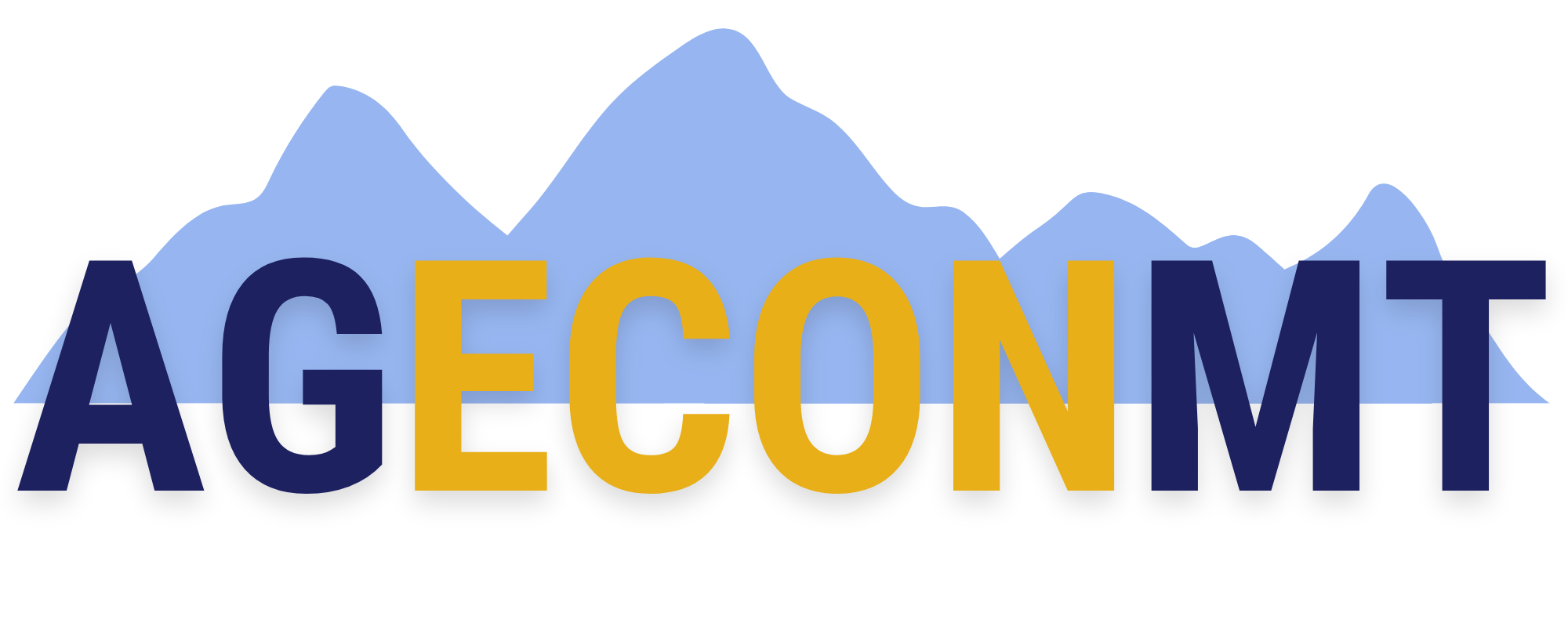There’s been increasing agitation in the last few years about the overcrowding of Yellowstone and other national parks. A viral 2016 article in National Geographic asked whether we are “loving Yellowstone to Death.” The main fear for Yellowstone habitats had long been encroaching mineral and fossil fuel extraction reaching the park’s borders, but with that threat mostly subsided these days the biggest remaining threats are twofold: climate change and too many people. Probably most Montanans lucky enough to live near the park are well aware of the crowds, lines and traffic that can plague the more popular sites during peak season. The park shattered visitation records in 2016, and while the last couple years have been slightly off that year’s peak, the numbers remain steady at historically high levels, which are threatening the park’s habitats in various ways.
Last Spring the (former) Secretary of Interior Ryan Zinke floated a plan to drastically increase peak-season national park entrance fees (though the ensuing public outrage caused the department to go with a much smaller increase). But rather than for conservation purposes, the fee hike was intended to fund infrastructure upgrades. This gets at the classic question in economics of who should pay for public goods. On the one hand, maintenance costs result from people who actually use the park, and so they might reasonably be expected to pay for all of it through entrance fees. On the other hand, national parks can be argued to be part of our national heritage, belonging to everyone, and so everyone should have equal access, including lower-income people who may be turned away by high fees. Further, even most people who do not visit national parks probably still prefer that they exist (quantifying this “existence value” is another topic in Environmental Economics, but perhaps that’s for another article).
Since national parks are owned by the government, there is no strict reason they need to be profitable or even financially self-sustaining. The National Park Service (NPS) could simply eliminate entrance fees and have all maintenance costs come from federal general fund like most other government expenses, and these costs would be a tiny drop in the bucket of the federal budget. An objection to this would be that the government is compelling many people to pay for something they don’t use or care about, but that is true for all kinds of tax expenditures-it’s just part of the deal of citizenship.
Nevertheless, a reasonable middle ground is to charge generally affordable entrance fees that generate revenue below the breakeven point, which is more or less what we do. But is there a better way? One probably impractical idea came up last time I was at Yellowstone with some fellow economists (naturally). Make entry free or very cheap for almost the entire year, but set aside one or two weekends where only a few hundred people will be allowed in, and auction off those passes. The idea is that the prestige associated with getting in for those extra special weekends where it would feel like you have the whole park to yourself would induce the wealthier among us to pay high enough prices to cover all costs for the whole year.
An interesting idea, maybe, but it still doesn’t address the overcrowding problem. If overcrowding got bad enough, Yellowstone and other parks may have to someday resort to entry quotas. Then passes could be auctioned off and would no doubt fetch high prices, but that would close off the park to much of the population. An alternative would be a lottery system where everyone that applies has an equal chance and pays an affordable price. This system already has a local precedent: passes to float and fish in the Smith River are distributed via lottery.
At the moment, such steps are probably unnecessary. But tourism traffic is surging worldwide as incomes in China and India continue to rise, so the NPS will have to continue to consider how to balance access, cost, and conservation.

